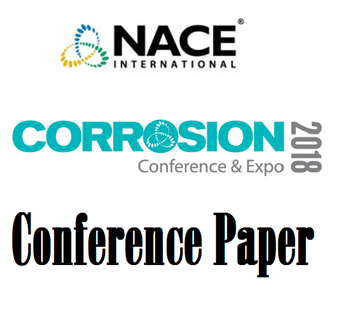Search
03677 ELECTROCHEMISTRY CORROSION STUDY FOR TANK 241-AY-102 SLUDGE
Also Purchased
51313-02744-Tank RBI—Pitfalls and Opportunities
Product Number:
51313-02744-SG
ISBN:
02744 2013 CP
Publication Date:
2013
$20.00
51315-6016-Corrosion Protection of Storage Tank Soil Side Bottoms—Application Experience
Product Number:
51315-6016-SG
ISBN:
6016 2015 CP
Publication Date:
2015
$0.00
51318-11258- Robotic Online Storage Tank Floor Inspection Case Study
Product Number:
51318-11258-SG
Publication Date:
2018
$20.00




